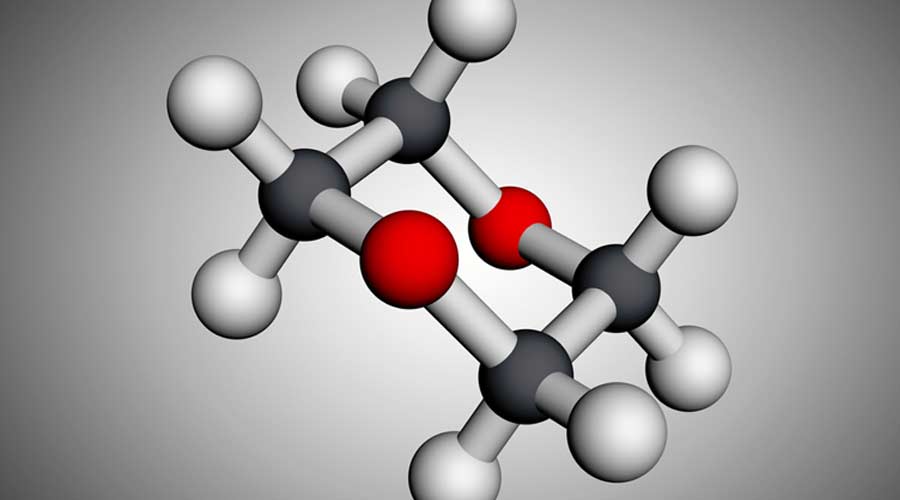
Contributed by The American Cleaning Institute
The Environmental Protection Agency (EPA) used “outdated, very limited data” to rapidly conclude that there are ‘unreasonable risks’ from 1,4-dioxane as a byproduct, according to comments submitted by the American Cleaning Institute (ACI).
1,4-Dioxane is a byproduct of manufacturing processes for some surfactants (the workhorse ingredients) contained in cleaning products and detergents. It is not an intentionally added ingredient and is present at very low, trace levels.
ACI responded to EPA’s recent draft revision to its Toxic Substances Control Act (TSCA) risk determination of 1,4-dioxane and a draft supplement to that risk evaluation. The Agency is compelled under TSCA to complete risk assessments of what are deemed “high priority” chemicals.
“Given the importance of surfactants in cleaning products, it is critical that the Agency work with industry to build a reliable risk assessment with more accurate and current data from a wider range of real-world sites,” writes Dr. James Kim, ACI vice president, science & regulatory affairs.
ACI also said that the cleaning products industry is taking steps to decrease 1,4-dioxane levels in finished products, where the substance can remain present as an unintended byproduct.
“ACI members are actively engaged in concerted efforts to reduce the presence of 1,4-dioxane in their products.”
In comments to EPA’s Draft Revision to TSCA Risk Determination on 1,4-dioxane, ACI:
• Considers the use of untested methodologies to be inappropriate for risk evaluations and recommends that these methods not be used to inform revised risk determinations until they are validated and peer reviewed.
• Shared that it is premature to apply the Fenceline 1.0 approach to revise and update a final risk evaluation; this current approach should be applied only as a screening tool and not for risk evaluation.
• Agrees with the Science Advisory Committee on Chemicals that EPA should prioritize the use of existing data from published risk evaluations rather than relying on modeling results. 1,4-Dioxane environmental monitoring is well documented.
In comments on EPA’s Draft Supplement to the TSCA Risk Evaluation on 1,4-dioxane, ACI:
• Shared that the Agency has not provided sufficient detail concerning the methods it used to prepare the Draft Supplement and has only recently made certain background documents available to the public for examination.
• Remains concerned by the Agency’s use of various new methodologies that are — without the benefit of Peer Review — inappropriate for use in the Draft Supplement to a Final Risk Evaluation or Draft Revised Risk Determinations for this substance.
• Recommends EPA update its assessment of exposures under certain conditions of use for which more reliable data should be available and used by EPA. Including: Industrial/Commercial Use: Dish Soap and Dishwashing Detergent and Ethoxylation Processes.
• Reiterates its request that EPA provide greater access to all technical materials relied on by EPA to prepare the Supplement to the Risk Evaluation and permit review by the general public and a more reasonable review and comment period to do so.
ACI reminds consumers that they can continue to use their favorite detergents and cleaning products safely and effectively as they do millions of times, every single day.

 The Down and Dirty on Cleaning in Virus Season
The Down and Dirty on Cleaning in Virus Season How Surfactant Use is Expanding in Commercial Cleaning
How Surfactant Use is Expanding in Commercial Cleaning